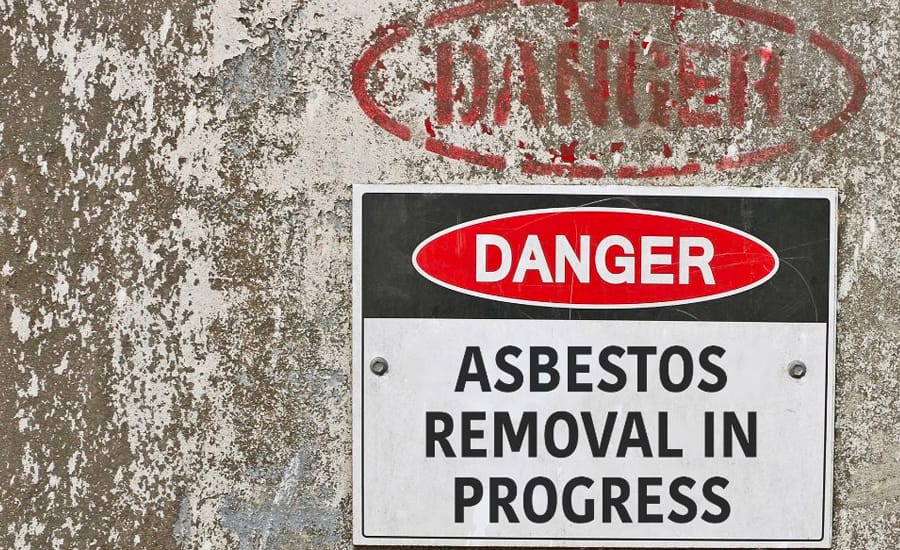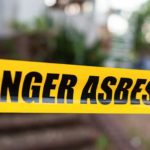Asbestos is a mineral which naturally occurs in rock, soil and sediment. The fibres generally are heat resistant, have insulating properties, are very light and are not visible to the human eye.
What goods and materials was asbestos found in and when?
Asbestos products have been used in the industrial and commercial settings since the 1800s. It was commonly used in housing built before the 1980s. Asbestos was used due to its fibres strength, heat resistance and insulating properties. It was largely used for insulation, soundproofing and fireproofing and was found in over 3,000 products.
In Australia, Asbestos was totally banned on manufacture, use, re-use, import, transport, storage, and importation on the 31st of December 2003. Asbestos containing products have been replaced with asbestos-free products for use in roofing, interior and exterior wall cladding, eaves, fencing, water or flue pipes etc.
When was asbestos mined in Australia and why was it used?
Asbestos was mined in Western Australia, NSW and Tasmania until 1983. Ninety percent of the Asbestos mined was broken down into fibre bundles and mixed with materials (such as cement) to produce a variety of building products.
Why is asbestos considered a health risk?
Asbestos becomes a health risk when the fibres become airborne and are breathed in. The risk increases with the number of fibres inhaled. Even though Asbestos mining and importation has been banned in Australia. Friable Asbestos and Non-friable Asbestos materials are still found in fibro, pipes, flue, drains, roofs, gutters, brakes, gaskets and clutches products manufactured prior to this ban. Asbestos can become a health risk if asbestos materials are unknowingly disturbed and the fibres are released into the air. The disease develops over decades and exposure can cause Asbestosis, Lung cancer, Pleural disorders and Malignant Mesothelioma.
What key industries has asbestos been known to affect?
- Construction and Demolition
- Telecommunications
- Utilities such as Water and Electricity
- Plumbing
- Mechanical Services
There are three typical cases that would present to Injurynet services:
-
1Company Awareness of Potential ExposureIn situations where the company has been alerted through their health and safety analysis that a worker may have been exposed to Asbestos. In this case
-
2Incident ExposureIn this case an unexpected exposure incident occurs. A baseline test (the first episode of health monitoring) may be recommended.
-
3Worker DiagnosisIn this case the worker has been diagnosed with a condition (such as Asbestosis) case management by an occupational doctor may be helpful.
What is injurynet's Health Monitoring Service?
Injurynet offers an end to end health monitoring service for the medical management of Asbestos. This end to end medical management service includes a tailored approach to managing the potential health effects of Asbestos following a potential exposure or incident, as well as supporting an employee who has been diagnosed with an Asbestos-related condition.
-
1Design of the Program Using a risk-based approach
-
2Education Of all stakeholders
-
3Implementation of the ProgramThis implementation process will include collaboration with our network of medical clinics, Radiologists accredited for reviewing occupational lung disease, Spirometrists and Respiratory Scientists. The baseline screening process may include an examination, X-ray (to ILO standard) and Spirometry.
-
4Ongoing MonitoringAn Injurynet service provides in house occupational doctor services. At this stage of the process, we offer a comparison with the baseline screen.




